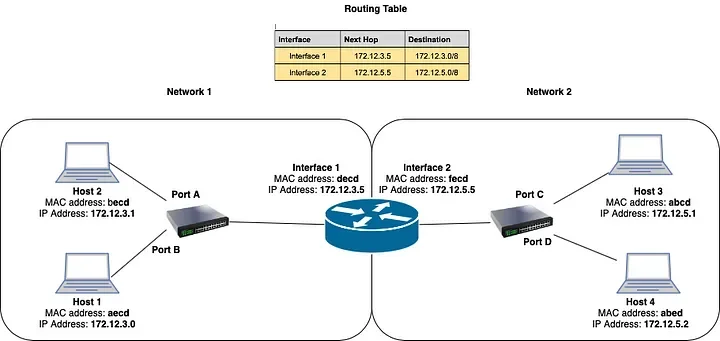How to Protect Your Servers: A Detailed Step-by-Step Guide

In today’s digital landscape, server security is paramount. Whether you’re running a small business website or managing a complex network infrastructure, ensuring your servers are protected from threats is essential to maintain operations, protect sensitive data, and uphold your reputation. This guide will walk you through the critical steps to fortify your servers against potential vulnerabilities.
1. Harden Your Operating System
- Keep your OS Updated: Regularly apply security patches and updates to address known vulnerabilities.
- Disable Unnecessary Services: Turn off any services or applications not required for server operation to reduce the attack surface.
- Configure a Firewall: Implement a robust firewall to control incoming and outgoing traffic, blocking unauthorized access attempts.
- Strong Passwords and Authentication: Enforce strong password policies, use multi-factor authentication (MFA), and consider implementing SSH keys for secure remote access.
2. Secure Your Network

- Network Segmentation: Divide your network into smaller segments to isolate critical systems and limit the impact of potential breaches.
- Intrusion Detection and Prevention Systems (IDPS): Deploy IDPS solutions to monitor network traffic, detect anomalies, and proactively block malicious activity.
- Regular Vulnerability Scanning: Conduct regular scans to identify and address network vulnerabilities before attackers can exploit them.
- Secure Wi-Fi Networks: Use strong encryption protocols like WPA3 and change default passwords on wireless access points.
3. Protect Your Data
- Encryption: Encrypt sensitive data at rest (stored on the server) and in transit (while being transmitted over the network).
- Regular Backups: Create regular backups of your data and store them in a secure offsite location to ensure recovery in case of data loss or corruption.
- Access Controls: Implement strict access controls to limit who can access and modify sensitive data.
- Monitor File Integrity: Use file integrity monitoring tools to detect unauthorized changes to critical system files.
4. Secure Web Applications

- Web Application Firewall (WAF): Employ a WAF to filter and monitor HTTP traffic, protecting against common web attacks like SQL injection and cross-site scripting (XSS).
- Input Validation: Validate all user input to prevent injection attacks.
- Regular Updates: Keep web applications and their components (CMS, plugins, etc.) up-to-date to patch security vulnerabilities.
- Secure Coding Practices: Follow secure coding guidelines to minimize the risk of introducing vulnerabilities during development.
5. Monitor and Log Activities
- Centralized Logging: Collect and aggregate logs from all servers in a central location for easier analysis and threat detection.
- Real-time Monitoring: Implement real-time monitoring to detect suspicious activity and respond promptly to potential threats.
- Security Information and Event Management (SIEM): Consider using a SIEM solution to correlate log data and identify security events that might otherwise go unnoticed.
Additional Security Measures
- Regular Security Audits: Conduct periodic security audits to assess your overall security posture and identify areas for improvement.
- Security Awareness Training: Educate employees about security best practices and the importance of their role in protecting company assets.
- Incident Response Plan: Develop a comprehensive incident response plan to guide your actions in the event of a security breach.
Conclusion
Server security is an ongoing process that requires vigilance and proactive measures. By following the steps outlined in this guide and staying informed about emerging threats, you can significantly reduce the risk of your servers falling victim to cyberattacks. Remember, a secure server is the foundation of a secure online presence.
